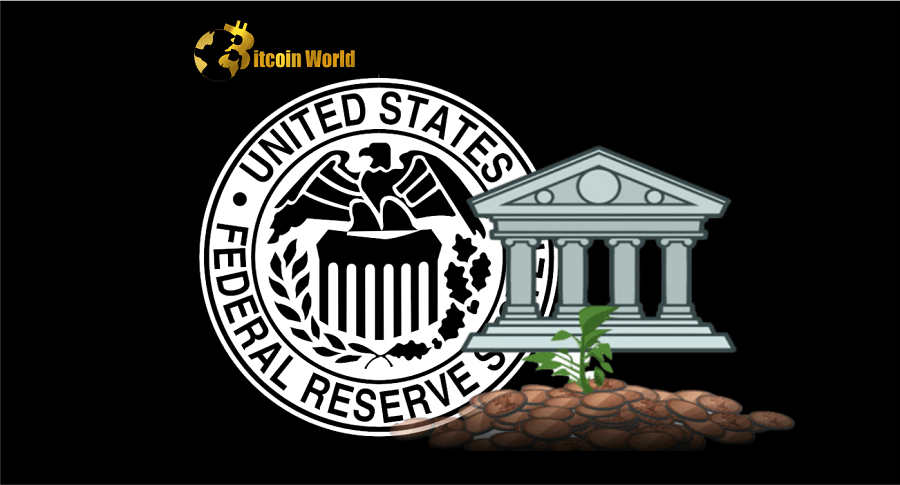
The Federal Reserve of the United States has announced a coordinated effort with five other central banks to keep the US dollar flowing amid a series of banking meltdowns in the United States and Europe.
The Fed’s statement on March 19 comes only hours after Swiss-based bank Credit Suisse was purchased out by UBS for $3.25 billion as part of a Swiss government-led emergency plan to safeguard the country’s financial stability.
A proposal to shore up liquidity circumstances, according to the Federal Reserve Board, will be carried out through “swap lines” – an agreement between two central banks to exchange currencies.
Swap lines previously acted as an emergency-like measure for the Federal Reserve during the global financial crisis of 2007-2008, as well as the 2020 response to the COVID-19 pandemic. Swap lines established by the Federal Reserve are intended to boost liquidity in dollar funding markets during difficult economic times.
“In order to improve the effectiveness of the swap lines in providing US dollar funding, the central banks now offering US dollar operations have agreed to raise the frequency of seven-day maturity operations from weekly to daily,” the Fed said in a statement.
The Bank of Canada, Bank of England, Bank of Japan, European Central Bank, and Swiss National Bank will be part of the swap line network. It will begin on March 20 and go until at least April 30.
The action also coincides with a bleak future for the United States’ banking industry, with Silvergate Bank and Silicon Valley Bank failing and the New York Department of Financial Services acquiring Signature Bank.
The Federal Reserve, on the other hand, made no direct mention of the recent banking crisis in its statement. Instead, it explained that the swap line agreement was put in place to strengthen the supply of credit to households and businesses: “The network of swap lines among these central banks is a set of available standing facilities that serve as an important liquidity backstop to ease strains in global funding markets, thereby helping to mitigate the effects of such strains on the supply of credit to households and businesses.”
The Fed’s most recent announcement has ignited a discussion about whether the arrangement qualifies as quantitative easing.
According to US economist Danielle DiMartino Booth, the agreements have nothing to do with quantitative easing or inflation, and they do not “loosen” financial conditions:
The Federal Reserve has been working hard to keep the banking crisis from worsening.
The Federal Reserve established a $25 billion funding program last week to ensure banks have enough liquidity to meet customer needs in tough market conditions.
According to a recent analysis of the SVB collapse by several economists, up to 186 U.S. banks are at risk of insolvency: “Even if only half of uninsured depositors decide to withdraw, nearly 190 banks are at a potential risk of impairment to insured depositors, with potentially $300 billion of insured deposits at risk.”
- SEO Powered Content & PR Distribution. Get Amplified Today.
- Platoblockchain. Web3 Metaverse Intelligence. Knowledge Amplified. Access Here.
- Source: https://bitcoinworld.co.in/fed-central-banks-enhance-swap-lines-to-combat-banking-crisis/



